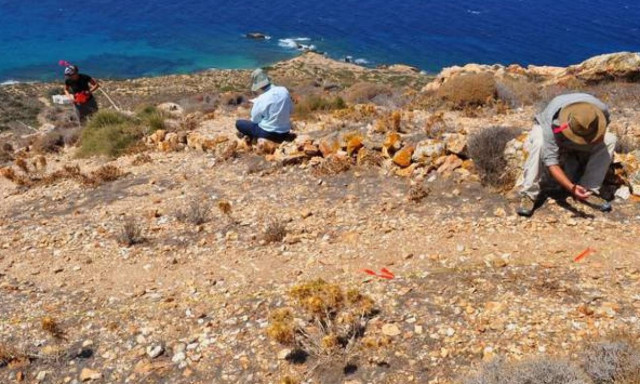Findings on Naxos indicate existence of Neaderthals on the island
Did Neaderthals exist on Naxos island? Most probably, according to new research in Stelida, situated three km northwest of the capital of Naxos at a very developed tourist area.

The Canadian Institute in cooperation with Antiquities Ephorate of Cyclades conducted an excavation in the area which brought into the limelight a series of objects that certify the existence of early humans in the area up to 260,000 ago.
The majority of finds, located on the surface during the 2013 research, were mostly carved stones while a quantity of emery was found (a material that is widely found on the island but not at Stelida). The ceramics found in the area are very rare and are rather from a later era.
The Central Archaeological Council approved the five-year programme for the continuation of the research that will focus on the dating of the finds that changes the prehistoric data on Cyclades.
Until recently, the archaeologists believed that the human activity on the islands started very later, approximately in the 5th millenium B.C while only in 1981 with the discovery of Stelida emerged the possibility of an earlier dating.
The new programme has multiple targets. One of them is the dating of the site with the use of scientific technics in order to clarify when the early humans migrated to Europe through the Aegean basin and if this migration was realised through the sea. Moreover, an in detail analysis of the artifacts will take place and the relations of the early humans, meaning the Neaderthals and the Homo Sapiens, will be examined.
























